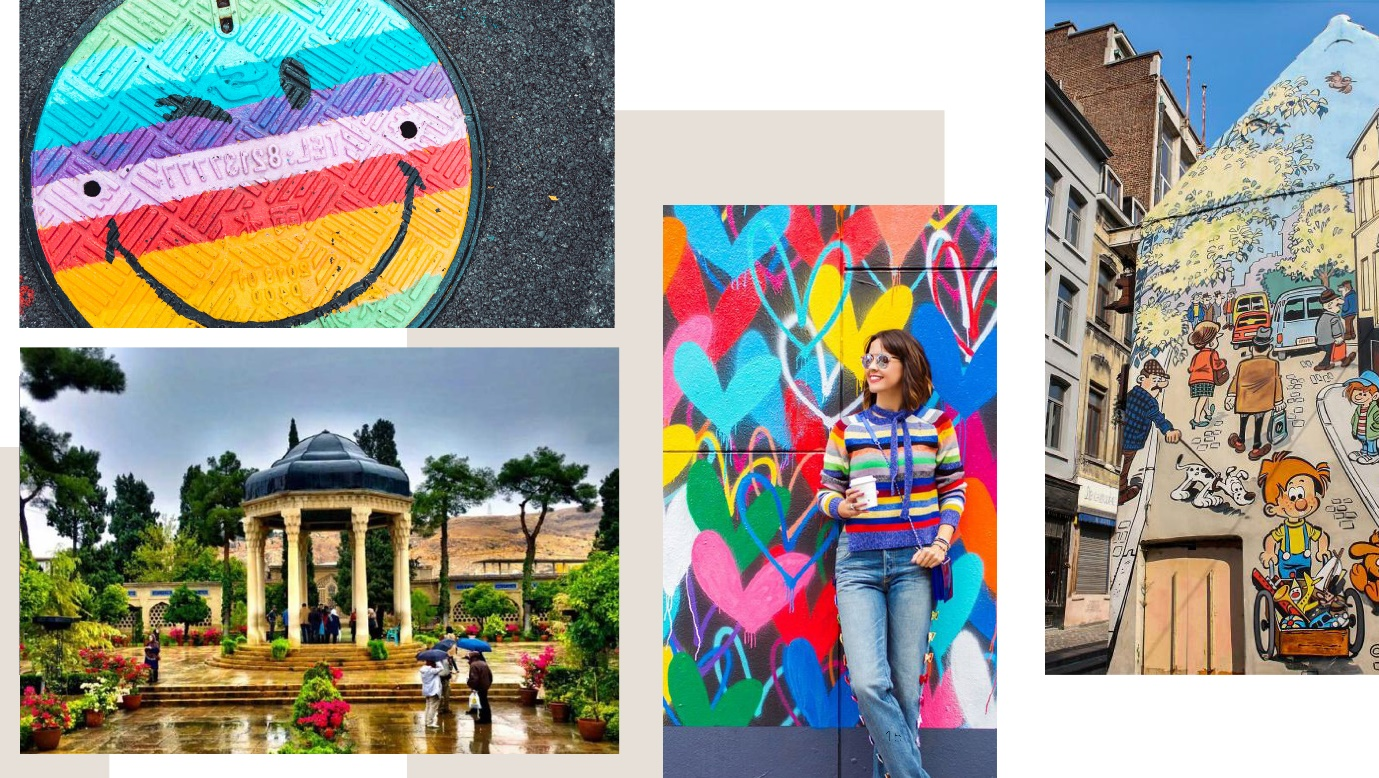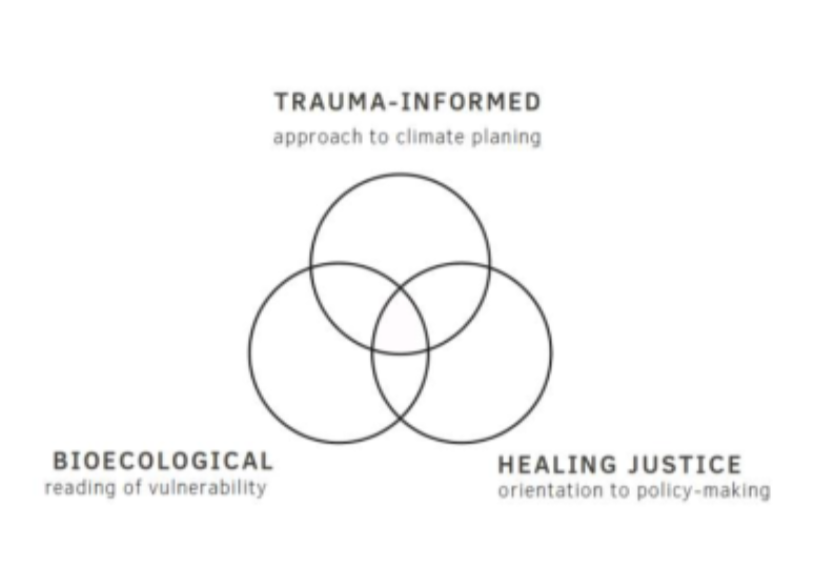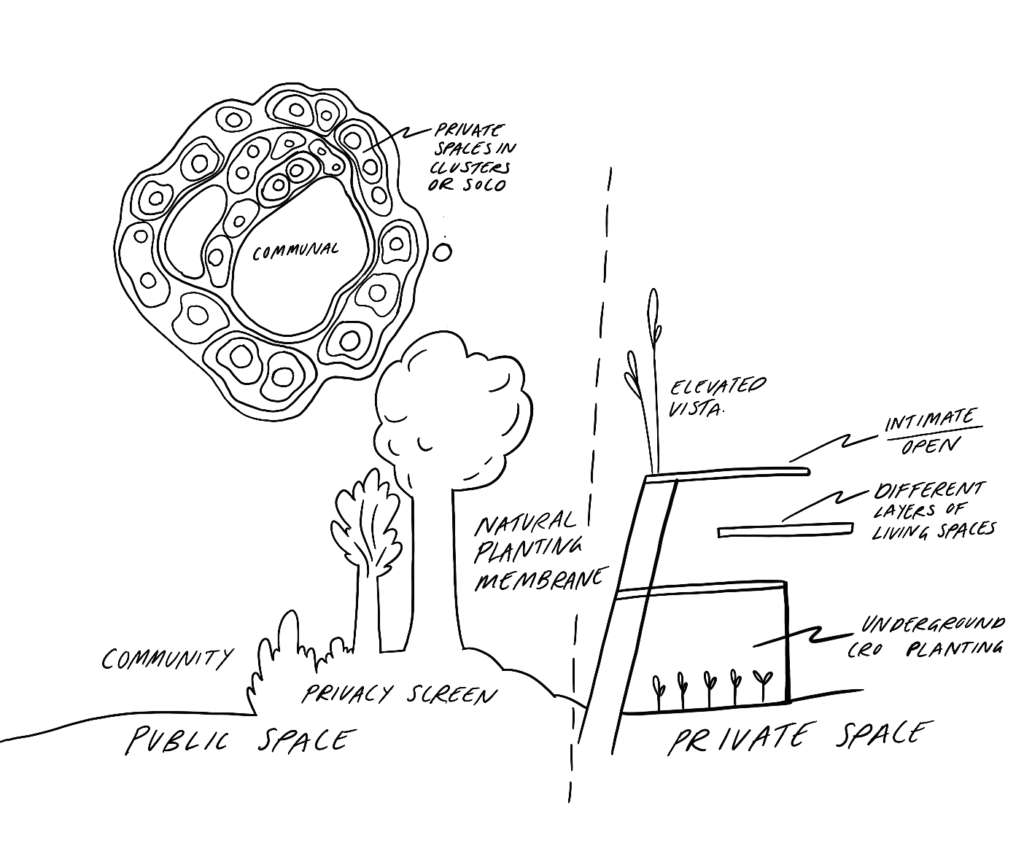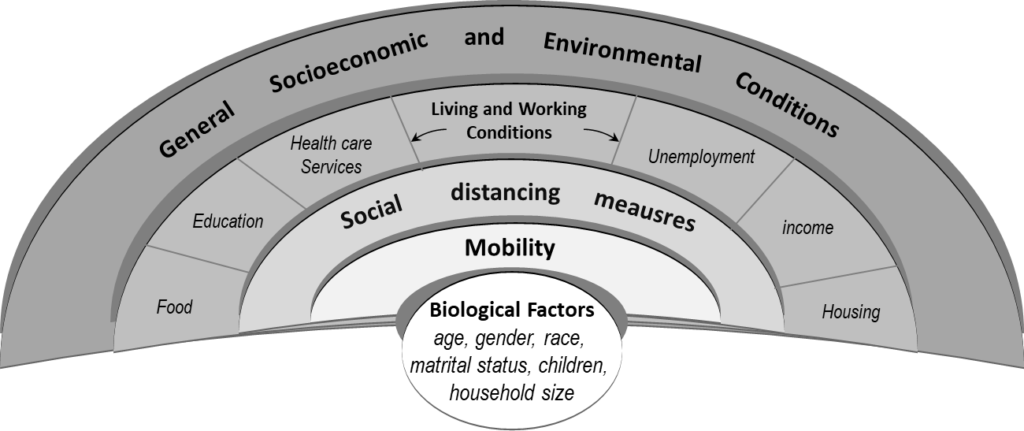City Know-hows

Picture this: a bustling city filled with high-rise buildings, crowded streets, and endless noise. Amidst this chaos, there are pockets of serenity—places that seem to radiate happiness and contentment. What makes these spaces different? What factors contribute to the happiness of citizens in urban environments? This is an important question for citizens.
Share
Target audience
Policymakers and decision-makers at the city, regional, and national levels; Urban planners and designers; Public health professionals; Community leaders and activists and local communities.
The problem
Urban spaces can significantly influence our happiness and well-being. But unfortunately, we don’t always do a good job of designing public spaces with people’s happiness in mind. This is why we need to do more research on how different aspects of urban spaces affect people’s happiness. This research will help us to create cities that are not only beautiful and functional, but also places where people can be happy.
What we did and why
Recognizing the profound impact of urban environments on citizen happiness, we conducted a review across various fields related to urban environments, with the primary objective of identifying the key factors influencing the happiness of citizens in urban spaces. The review involved a comprehensive analysis of existing literature. The findings are aimed at providing policymakers and urban planners with insights into the key factors impacting citizen happiness in urban public spaces.
Our study’s contribution
Our work
• provides a new framework for categorizing the factors that influence citizen happiness in public open spaces
• provides valuable insights into this topic and can be used to inform decision-making processes
• Informs city planners and can empower policymakers to prioritize the creation of public spaces that promote citizen happiness.
Impacts for city policy and practice
When designing and managing public space, decision-makers and designers should:
• involve citizens in the process,
• consider all of the factors that contribute to citizen happiness,
• use evidence-based approaches to inform their decisions,
• monitor and evaluate the impact of public spaces on citizen happiness
Further information
Full research article:
Happy urban public spaces: A systematic review of the key factors affecting citizen happiness in public environments by Sahar Samavati, Pieter Desmet, and Ehsan Ranjbar.
Related posts

To plan equitable climate interventions in times of systemic crisis, cities must be trauma-informed and make healing justice a key feature of urban resilience planning.

Envisioning a socially and ecologically sustainable human habitat: Connecting Land.

The psychological impact of social distancing order during the COVID-19 pandemic can be determined by combining the effects of both individual and community capacities. This study supports the need to improve the physical environment to implement more sustainable health policies in different communities and cities across the world.